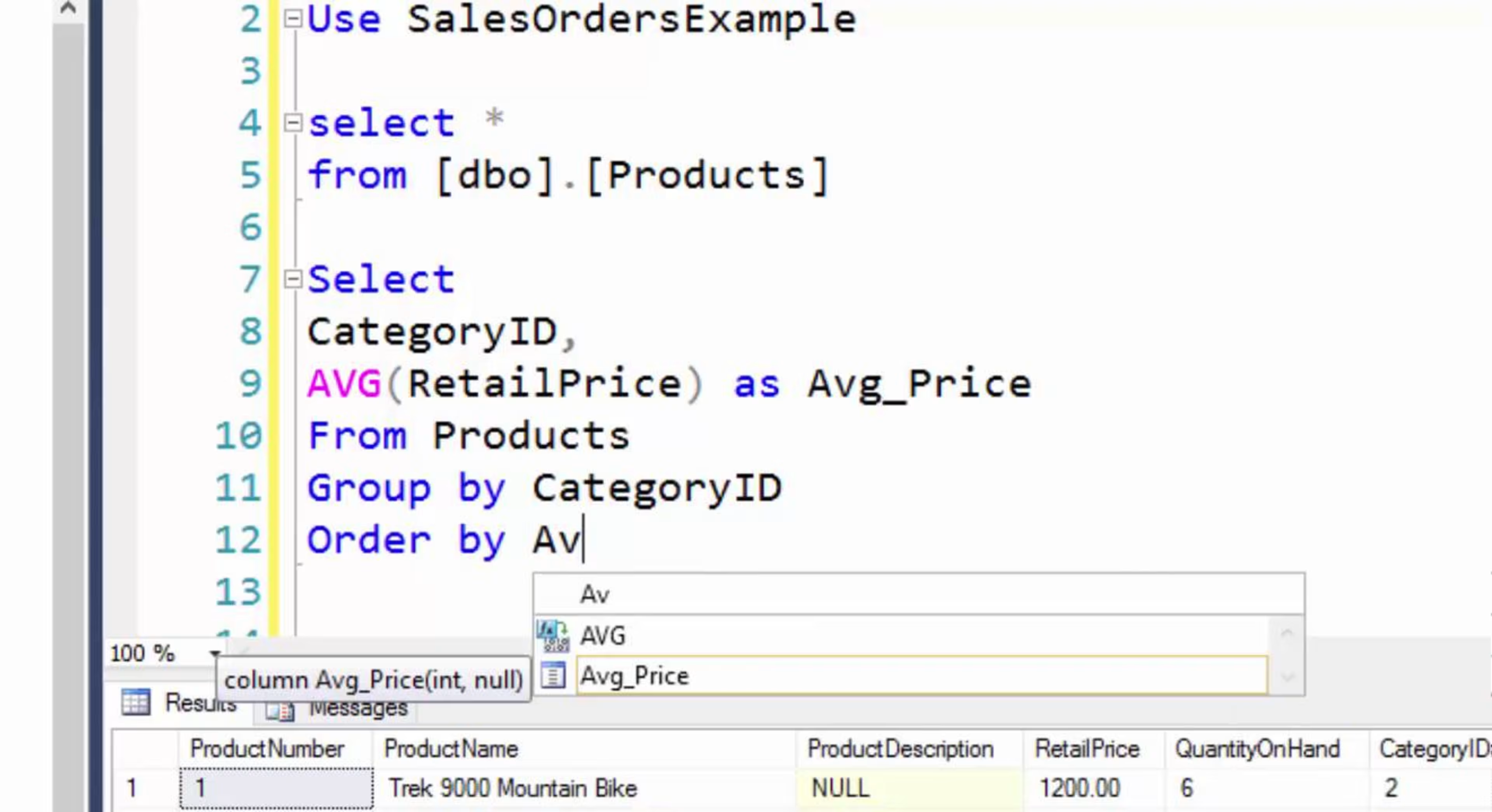If they made a horror movie for small businessmen, the villain wouldn't be a nightmare with knives for hands or a machete-wielding hulk. It would be a clock with no numbers ... just the phrase, "It's later than you think."
Though it's hard to believe that someone working 80-hour weeks still needs extra time, that's the case for most entrepreneurs.
You don't have the time for busywork, or to keep up with the tech trends that will dominate the next ten years. Fortunately, there's one trend that can help you solve both problems: augmented analytics.

Gartner predicts that by 2020, augmented analytics capabilities will be the "dominant driver of new purchases" of business intelligence software. (Full research available to Gartner clients.)
Your competitors are already looking for software with augmented analytics capabilities. Fortunately, you can too.
By investing in business intelligence tools with augmented analytics capabilities now, you'll save time by reducing busywork. You'll also be investing in the next decade's disruptive technology before it has the chance to disrupt the market.
I'll also give you three steps you can take today to prepare for augmented analytics.
What are augmented analytics capabilities?
What are augmented analytics, and why are they better than regular analytics?
Augmented analytics are BI tools augmented by machine learning (ML) algorithms. The ML algorithms used by augmented analytics are good at automating repetitive tasks (much like ML algorithms in any field).
ML algorithms are also good at noticing patterns and understanding human language instead of computer languages such as SQL, Java, or Ruby on Rails.
Because repetitive tasks such as data preparation make up a good chunk of most analysts' days, BI tools with augmented analytics are a superior choice. They do the repetitive, time-consuming work for your analysts, freeing the analyst up to actually, well, analyze.
BI tools with augmented analytics also have the potential to expand analytics and data-driven thinking to more than just your data analysts. One augmented analytics feature, called natural language query (NQL), lets users ask questions in plain English. In other words, the BI tool is more like a search engine, and less like a clunky, traditional BI program.
So what can these capabilities do for your small business?
1. Augmented analytics cuts out busywork
It may sound cheesy, but augmented analytics actually makes your future get here faster.
The Data Warehousing Institute found that 65% of respondents spend anywhere from 41 to 80% of their time on data preparation.
Before your data's available for use, analysts can spend up to 1,669 hours a year preparing it (based on the average of 2,087 hours worked a year). That's a lot of wasted time.
What does that preparation look like? To a great extent, it's fixing small errors (half the time "Montana" is spelled out, the other half it's "MT").
Augmented data preparation cuts down on the busywork of manual data preparation.
Instead of spending 70 days correcting all those "MT"s in your spreadsheets to "Montana," augmented analytics will do that for you automatically. Your analysts will get the data they need and get to the insights in less than half the time, which means they spend more time thinking and less time on brain-drain busywork.
2. Augmented analytics helps you ask questions faster
Speaking of time consuming busywork, ask yourself which is quicker:
Typing the phrase, “What's the average price of this item?"
Typing the same question in SQL, which looks like this:

Believe it or not, this is what it looks like to ask the average price of an item in SQL (Source)
With augmented analytics that has natural language query (NLQ), you can take advantage of the first option. Without it? You'll be stuck learning SQL.
NLQ is a fancy term for the ability to ask your computer questions in plain English. NLQ can save your business time in two ways:
It's easier, and faster, to ask a question in plain English.
Analytics are more accessible to the average business user, freeing up time for your analytics staff.
Line-of-business employees are unlikely to learn SQL. As a result, a SQL-based system will probably scare them off, and that dream you have have of data-driven employees won't materialize.
Software with NLQ, however, is far easier to learn. If your employees can use a search engine, they can learn to use their BI tool.
3. Augmented analytics suggests the right path
Augmented analytics doesn't just understand questions in plain English. It can also explain the answers in plain English.
That ability is thanks to natural language generation (NLG), the same technology behind NLQ. The NLG algorithms that understand your plain English questions can also detail answers in language you can understand (these answers are often referred to as "narratives").
Some cutting-edge business intelligence tools offer NLG features that find and explain insights from your data in narrative format.
For instance, a BI tool with NLG narratives won't just point to a group of data points and expect you to interpret it. Instead, the program will point to that cluster and generate a text box that says, for instance, "These buyers are male, under 30, and live in the Midwest."
How can you prepare for augmented analytics in the next few hours?
If you're excited by the ways augmented analytics can save you time, here are two things Gartner recommends you can do today to get started (full research available to Gartner clients):
Check if your current BI tool offers natural language query and automated data preparation. If not, contact your BI vendor and ask where those capabilities are in their road map, or consider switching to a vendor that does have those capabilities.
If you have a data scientist on your team, get them to run their current data models next to augmented analytics data models.
If you're interested in learning more about data and analytics, check out one of these other great Capterra posts:
Go Beyond Ad Hoc Reporting Tools With Augmented Data Discovery
Why Data Literacy Is Your First Step To Business Intelligence